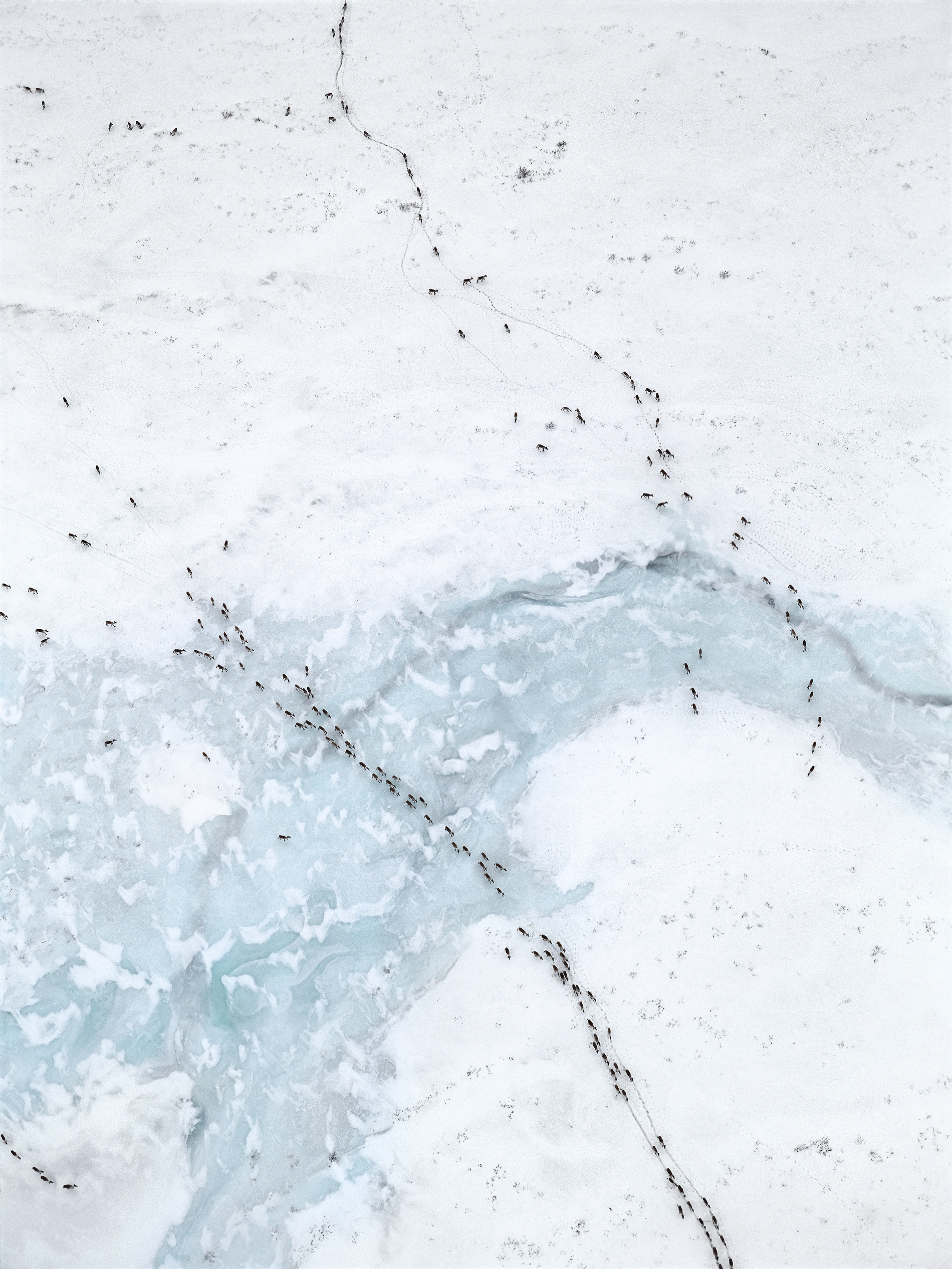
Art in a climate revolution
Environmental crises call for creative solutions
Evidence for sea level rise, drought, or collapsing ice sheets may come from scientific studies, but solutions to these problems could arise from another realm—the arts.
That premise inspired T. J. Demos, professor in the History of Art and Visual Culture Department, to found the Center for Creative Ecologies at UC Santa Cruz. "Art can transform values through sights and feelings in a way that an argument based solely on scientific information might not succeed," explained Demos.
Weaving in ideas from politics, ethics, and other fields, the center takes on tough environmental issues using visual art as a catalyst for change. "The climate change crisis doesn't exist in isolation," Demos said. "It is deeply connected to these other areas. We need a range of approaches to bring about meaningful and widespread cultural transition."
In a recent project entitled "Extraction," Demos partnered with UC Santa Cruz art professor Laurie Palmer to explore how developed countries and corporations extract resources—materials, energy, labor, and time—from both people and the environment. They drew inspiration from the struggle against injustices toward indigenous communities at Standing Rock Indian Reservation and elsewhere around the world, said Palmer.
"The aim of the project is to not only look at how extraction is happening and criticize it, but also to imagine other ways to live in the world," she added.
Demos and Palmer encouraged community members to participate in "Extraction" events such as field trips to the Amah Mutsun Relearning Program at the UC Santa Cruz Arboretum and fracking sites in Monterey County; a two-day international conference put on, in part, with the Resource Center for Nonviolence in Santa Cruz; and invited artist lectures.
Among these events, the center hosted award-winning American photographer Subhankar Banerjee. His photographs of caribou migrating across Alaska's Arctic National Wildlife Refuge circulated among the nation's policy makers and may have helped convince the Obama administration to forgo oil drilling in this region, Palmer said.
This visual approach to environmental activism and emphasis on community involvement drew Chessa Adsit-Morris, author of Restorying Environmental Education, to pursue her doctoral degree with Demos. "The potential of the center is to draw together scholars and activists and artists to productively talk about other ways of addressing these issues," she said.
Demos hopes that community participation and graduate student involvement will increase as the center expands its efforts to re-imagine human relationships with the environment, saying: "We need a multiplicity of paths to carry that out."

